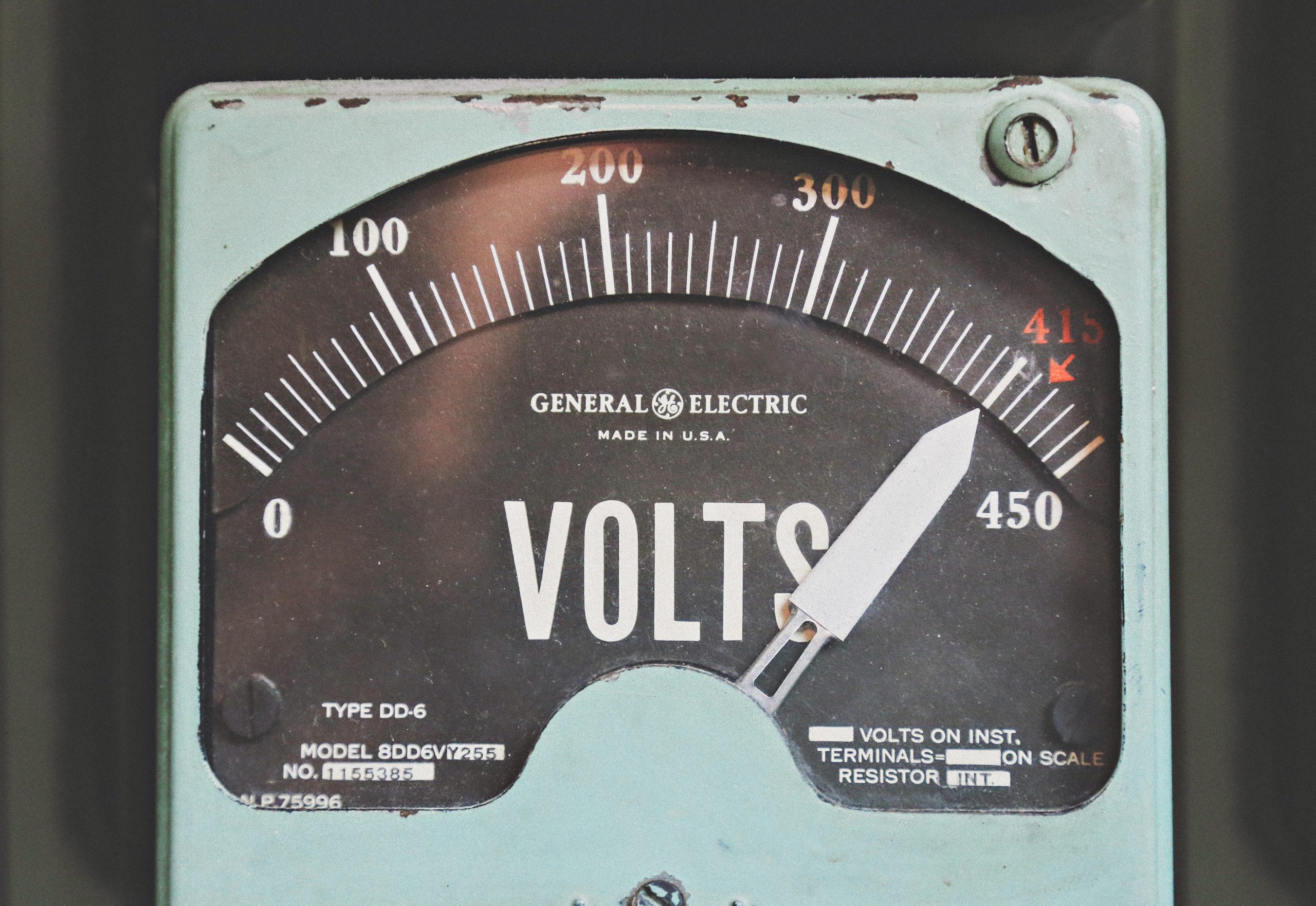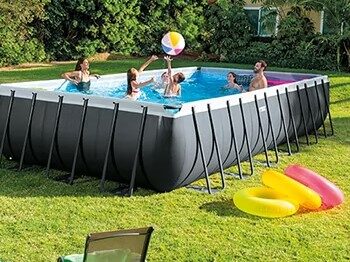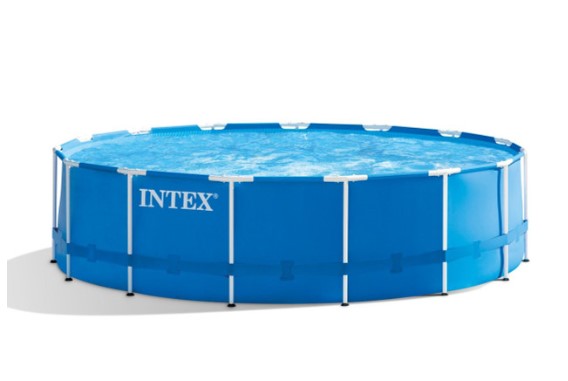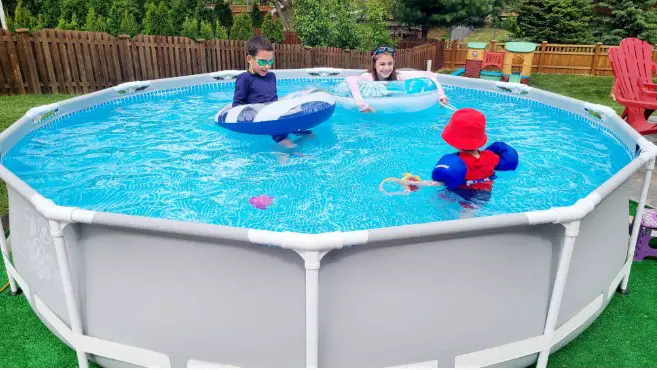Table of Contents
Hot tubs connect to your home’s electricity circuit in different ways. If you own or are looking to purchase a tub that operates on 220 volts, you may have come across the term ‘hot tub disconnect’ and you’re probably wondering two things.
Firstly, what is it?
And secondly, do I need one?
What is a hot tub disconnect?
A hot tub disconnect is a small breaker box located between 5 and 15 feet from your hot tub.
This shoe-sized box allows you to quickly cut off the power supply to the tub in case of an emergency, and also doubles up as a GFCI breaker that cuts the power should there be an error with the electricity supply or a fault within your tub.
Different types of electrical connections in hot tubs
There are two main types of electrical outputs for hot tubs.
The first type is known as a ‘plug and play’ hot tub and these run on 110V/15AMPs.
The second type of hot tub runs on 220V/50AMPS and is referred to as a hard-wired hot tub.
The main difference between these is that ‘plug and play’ hot tubs can simply plug into a power outlet like any other electrical appliance.
On the other hand, 220-volt models – which are more common – require a little more electrical work. Instead of running directly to your main breaker panel, you’ll need a small breaker panel just for the hot tub.
As you might have guessed, hot tubs will perform best on a 220V/50AMP hard-wired, GFCI protected circuit. This means that there are no limitations as all of the equipment can run simultaneously.
Plus the water is heated at a faster pace as it has a larger heater (5.5kw).
220V/50AMP circuits are the most common in hot tubs, however some models may be designed to run on 60-100 AMP circuits.
Higher amperage circuits are often required if the hot tub or spa has multiple jets or heaters – which is often the case with dual-zone swim/exercise spas.
Dual-zone swim/spas are in fact two separate units with separate heaters, equipment, and controls but they are integrated into one tub for convenience and versatility.

Do I need a hot tub disconnect?
This depends on the voltage of your hot tub. If you have a 110-volt model hot tub – or a ‘plug and play’ – then no, you won’t need a disconnect for your tub.
If you have the 220-volt model – which like we said, is more common – then you will need one.
Most hot tub disconnects are 50 or 60 AMP capacity, but larger capacity hot tubs designed for 7+ people with multiple heaters may require a higher amperage disconnect – though these are not as common.
A 50 amp capacity is therefore suitable for most common hot tubs.
Guidelines to bear in mind
Owners of 220-volt hot tubs are legally required to ensure that their electrical connections conform with the National Electrical Code (NEC).
It is also important to make sure you comply with any local and state electrical codes during installation.
Always check your hot tub manual for specific requirements related to your manufacturer and model of the hot tub.
For a general idea though, we’ve researched a few basic requirements to bear in mind when purchasing or installing a 220-240V hot tub:
- Your electrical connection should be single-phased, 220-240V, and consisting of 4 wires, including two hots, one ground, and one neutral. These must be hard-wired to the terminals inside the hot tub control box. The recommended wire size is 6 AWG copper although depending on the distance and size of your tub these could be larger.
- The disconnect box, which is a shoebox-sized metal box, must be installed no closer than 5 feet – and no further than 15 feet – away from the hot tub and must be easily accessible at all times.
You must also use a “GFCI” (Ground Fault Circuit Interrupter) that is 50AMPs. This will automatically shut off the electrical supply to the hot tub if a fault or leak is detected.
The electrical circuit for the hot tub must not be shared with any other electrical items such as power tools or heaters, otherwise if shared, it will likely result in nuisance tripping of the breaker and therefore is a safety hazard.
Nuisance tripping can also be caused by the use of wrong wire gauge sizes or improper electrical connections, and can also cause damage to fuses, damage to hot tub components, damage to electrical boxes, void hot tub warranties and is generally a safety hazard.
Frequently Asked Questions
Do I need a permit to install a 240v outlet?
Generally, yes, as you need a permit to install what is considered ‘a permanent load’ in the breaker panel, which is anything that can draw current for more than 4 hours.
It’s always best to do your research before you install your hot tub.
Always consult your state and local law and the guidelines of the manufacturer of your hot tub, and always get a professional electrician to install it for you.
Conclusion
Most hot tubs run on 220V/50AMPS and therefore require a hot tub disconnect, which must be installed between 5 and 15 feet away from your tub and must be accessible at all times.
Most disconnects for standard hot tubs have a 50 to 60 AMP capacity.
The role of the disconnect is basically to act as a safety net, and, along with a GFCI, will ensure that the electrical supply is cut off should there be an electrical fault or a leak.
This will ensure both you and your family are kept safe.
While codes can differ slightly between states, it is generally a legal requirement to install a hot tub disconnect if your tub runs on 220V/50AMPS.
Always do your research and consult a professional before installing a hot tub.
A hot tub disconnect is there for your safety and it’s essential you consult your manufacturer’s guidelines when purchasing your hot tub.
Once you’ve installed this, you’re pretty much good to go and can enjoy your little tub of paradise while resting assured that your safety is covered, too.




